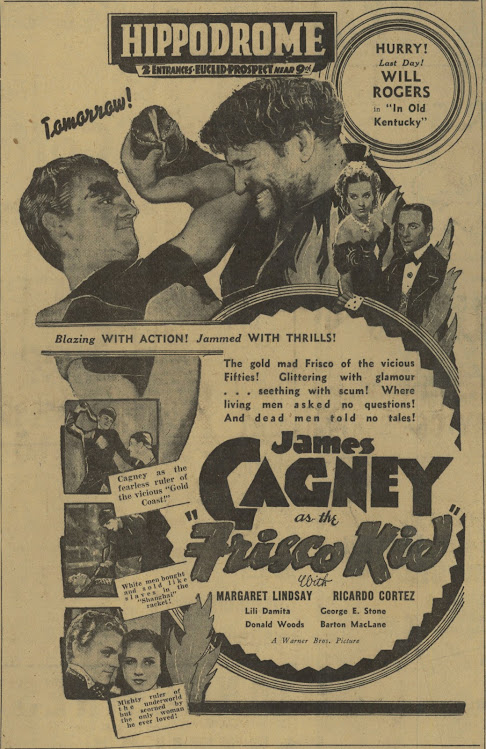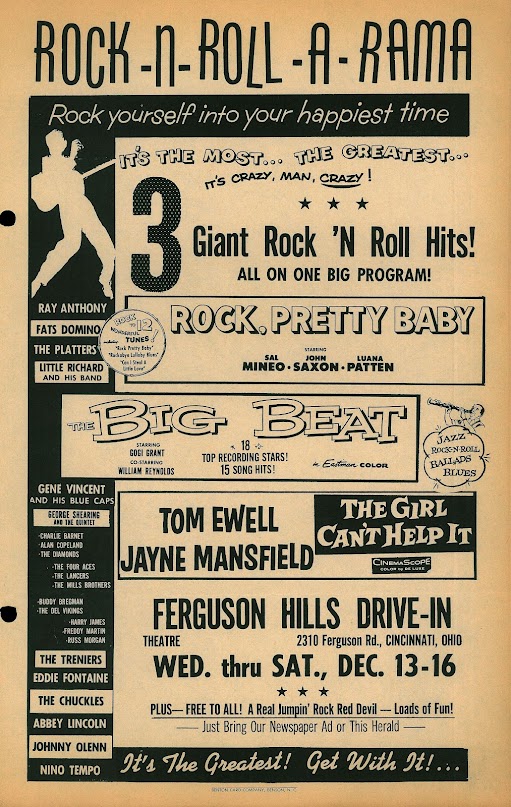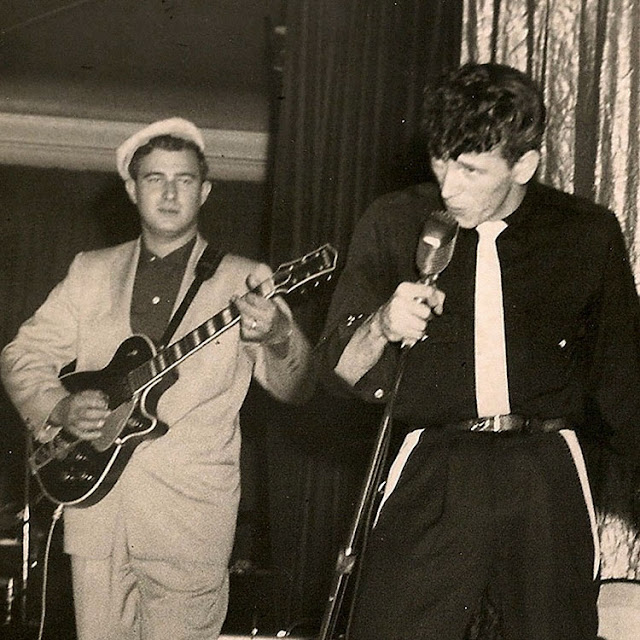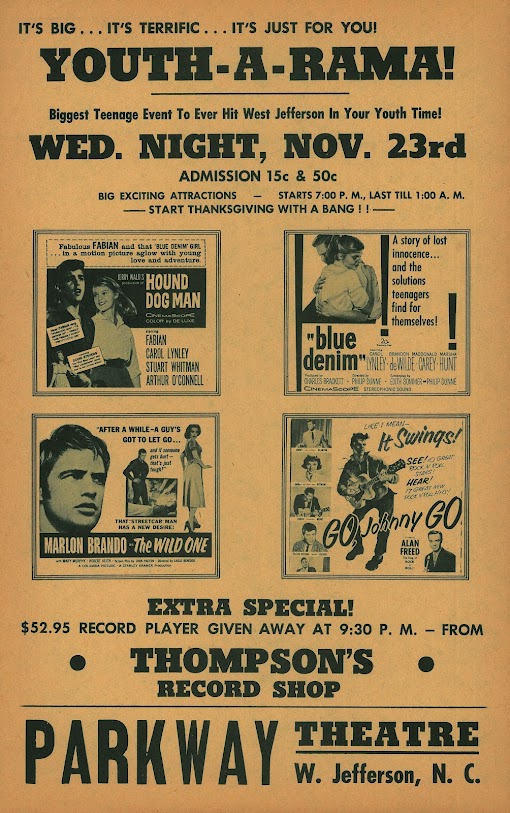Stills That Speak #6
STS: Rudy Resplendent, Preacher Powell Gone Over the Line, and Sacrosanct Strand
RUDY AND HIS BLACK AND WHITE DREAM COAT --- What becomes of clothes when we pass? I’d like mine to tour on mannequins as Rudy’s should have, perhaps did for all I know. Surely this stunning overcoat with fur collar and cuffs went somewhere other than Goodwill. Might a derelict on soup lines have ended up with it? Valentino was done with Natascha by depart time (1926), but who knows but what she claimed content of his closet and spread wardrobe among friends, for a price even. I’d wear a coat like this even in the summer just to be seen in it. Much of dress and deportment is dead and has been since RV’s time. Everything he wore was tailored to fit, despite cash flow often slowed to a drip. He had an image to protect, so couldn’t be seen at less than his best. Fashion had as much to do with Rudy being a star as what he did in movies. I’m noting similarity between outerwear in these two stills. The one with the dog lacks fur on cuffs but is otherwise very similar to the other with fur on cuffs. Could this have been a same garment altered? Rudy looks to be shipboard with Natascha so we’ll assume it was chilly enough to warrant weight of attire. With the dog, he looks more relaxed. Perhaps RV regarded his dog as better company. Impressive is Master not using a choke collar on pooch. No dog should wear a choke collar. No human either, though there is evidence this human did during marriage to Natascha. Stars very often carried pets along on drives. Was this an only time man or beast could speak freely? One of the old screen queens used to dye her dog to match outfits. No wonder so many cracked up when end-of-era reality sank in. Valentino was maybe fortunate to escape all that. I’d not like to have seen him brought humble.
TOO MUCH OF A GRIM THING? --- Am verily astonished by this image. Did someone imagine it would help sell Night of the Hunter? The film famously failed. Such publicity as here may have greased wheels toward wreckage. Are there also stills of Preacher Harry Powell kicking dogs? We of today giddily respond to such, so is it safe to say Mitchum, Laughton, et al consulted crystal balls? Wouldn’t be long before stuff as diseased dug deeper into movies. Step back and reckon Night of the Hunter for impact it surely had on few that paid 1955 ways in. Here’s frightful scenario I’d propose: Kid/teen “scare” shows using Hunter for salt upon stage ghouls, vanilla co-features (Gog? Cult of the Cobra?), maybe materialization of James Dean’s spirit. To slip in Night of the Hunter would be worst sort of child abuse, parents coming with pitchforks a la Evelyn Varden and townfolk determined to hang Harry Powell. If there’s personal parallel so far as trauma visited unexpectedly upon a Saturday matinee, I would say The Conqueror Worm came closest for me to crossing lines. Roger Ebert wrote of how Night of the Living Dead transgressed weekend boundaries to give youngsters real nightmares rather than safely comforting ones. It’s “fun” to be scared, promised theatre managements, unless we truly scare you. Yet look how quick watchers became inured to explicit horrors. I doubt Dawn of the Dead shocked anybody. Scene depicted by this still does actually happen in Night of the Hunter. Director Charles Laughton softened the show for seeing pitchforks that could come his way, Mitchum speaking to that years later and being sorry they didn’t go all the way. Would/did newspapers reject this still? I’m wondering if it was killed before anyone could publish it. No matter … at least we have it now.
HAT OFF, HEADS BOWED, WHEN YOU ENTER THE STRAND --- St. Patrick’s Cathedral was located on Fifth Avenue between 50/51st Streets (still is), the Strand Theatre close enough to invite comparison. Both sites inspired reverence and drew the devoted, St. Patrick’s a temple for one God, the Strand shrine to multiple others. May-be unfit to term attendance as religious observance, the Strand nevertheless anointed place for blessing from Warners. Did crowds surpass those worshipping elsewhere? Of stars not saints but regarded like ones, James Cagney lured most to Strand entrance, crowd above mostly men but these being matinée hours, we wonder if they were gainfully employed or just vagging at the Strand till home and supper. Frisco Kid cost but $419K to make and who knows but what much of that was got back from the Strand alone. Cagney’s New York following was a most committed. He was local, talked like streets from whence he came, got above his raisings to peril of popularity once tired of entrenched image. Cagney were reliably popular so long as costs were fixed, low that is, Frisco Kid competitive with larger projects like Barbary Coast from Goldwyn, then MGM’s San Francisco which took more in revenue but also needed much more to complete. San Francisco as seat of vice and violence was clear memory to many, Warners setting theirs in 1854, population exploding as of 1849 (gold rushers), this unabated till after the Quake in 1906. Frisco being cleaned up further made look-backs a source of pride for showing how far law/order had come. Frisco Kid has riots, lynchings, much drawn from fact as researched and embroidered by scribe Seton I. Miller, a capable hand at action-oriented star vehicles. Miller was also a history hound who lent verisimilitude to backgrounds he re-created.
Being 1854 set, there is no earthquake which audiences came to expect of Frisco yarns period set. Cagney kitted out in stovepipe and ruffle shirt could be General Tom Thumb where pitted against bruisers Fred Kohler, Joe Sawyer, Barton MacLaine, Jim punching upward to meet chins always out. He got strength from attitude and energy enough to win any fight, no matter size of the opponent. Frisco Kid at seventy-seven minutes runs wide open, keeping watchers awake a priority to exclusion even of narrative sense. Ultra-shorthand lets new-arrived Cagney announce he’ll run all of S.F. vice, and presto, by a next scene he’s doing it. Evidence indicates speed pills administered, as why does Lili Damita’s presence come largely to nothing? Pace was all at Warners, more so than at any shop I can think of. His having WB over a contract barrel soon after this made Cagney a threat to ironclad industry rule. What other major name was able to break bonds and leave so much egg on management faces? If this Kid could rope Frisco, then why not the enactor lassoing Warner Bros.?













































